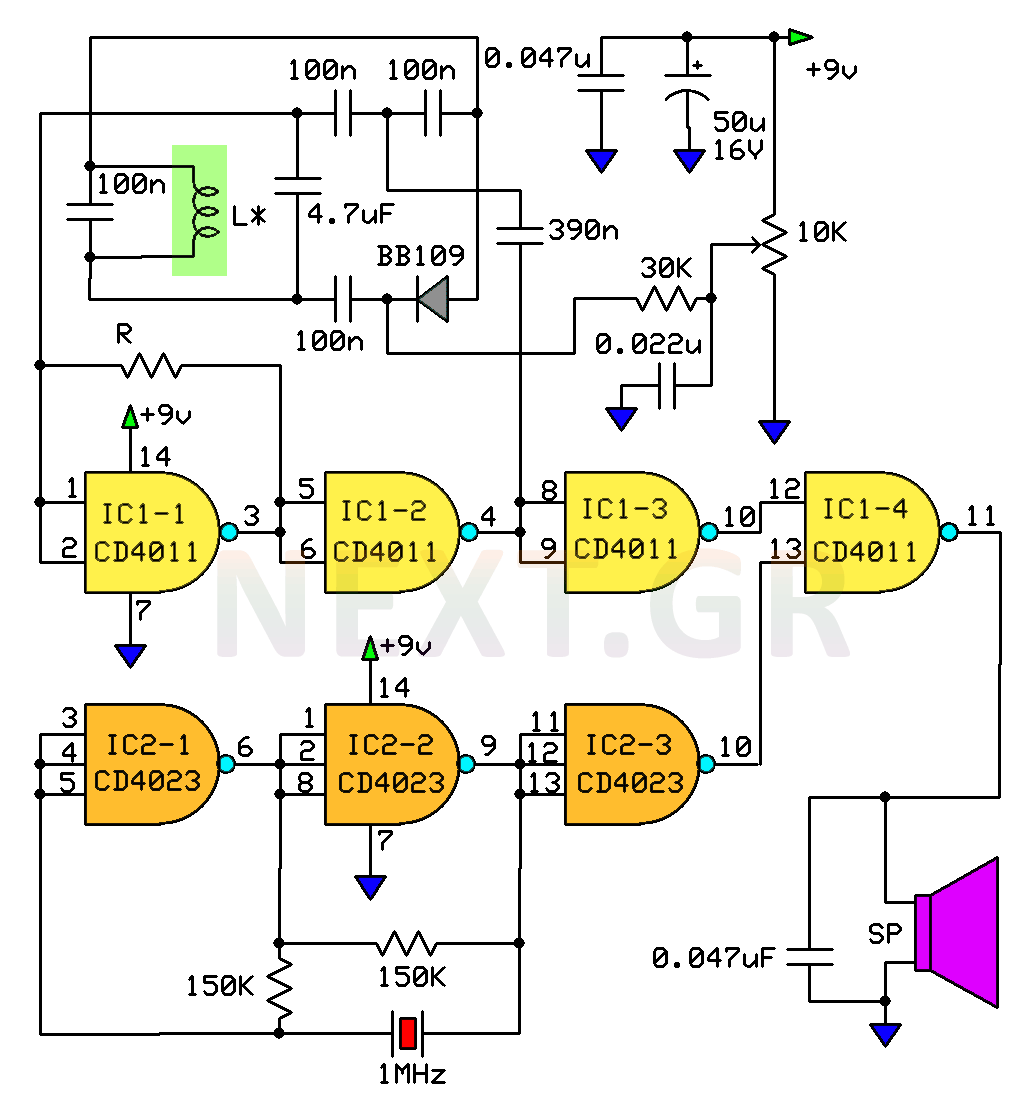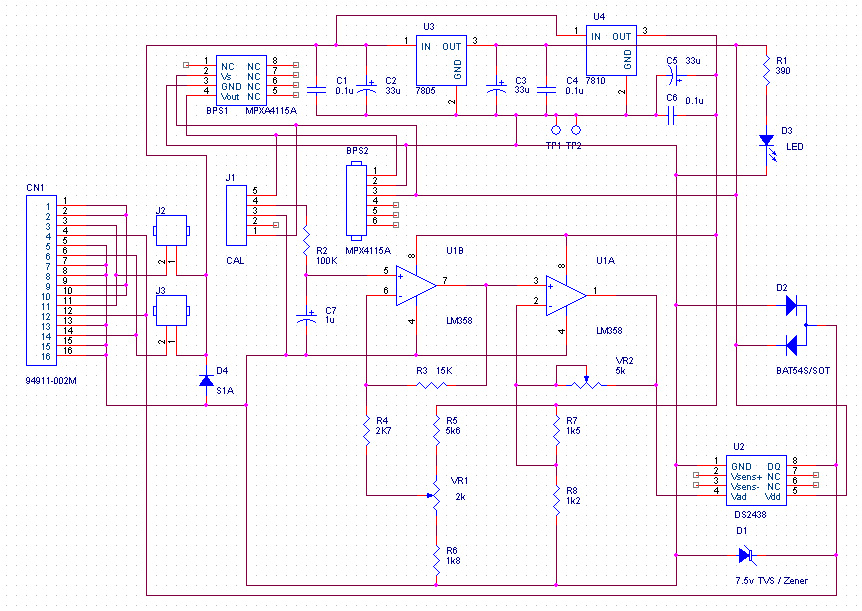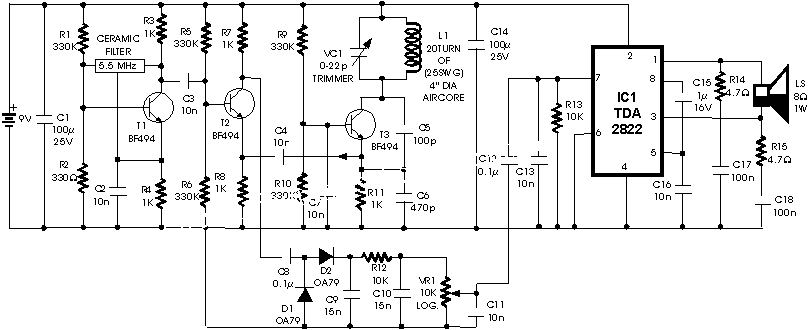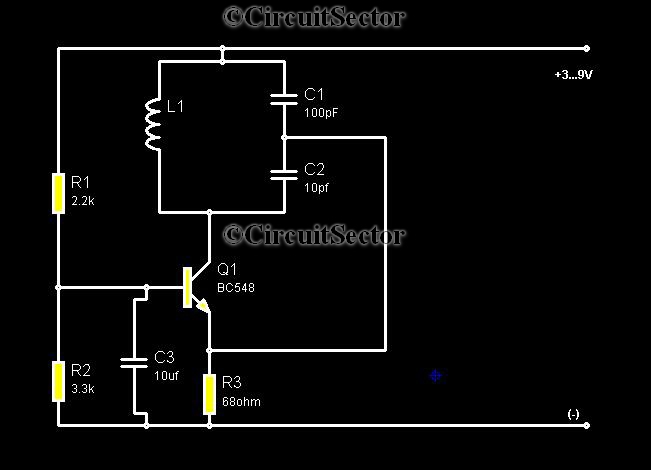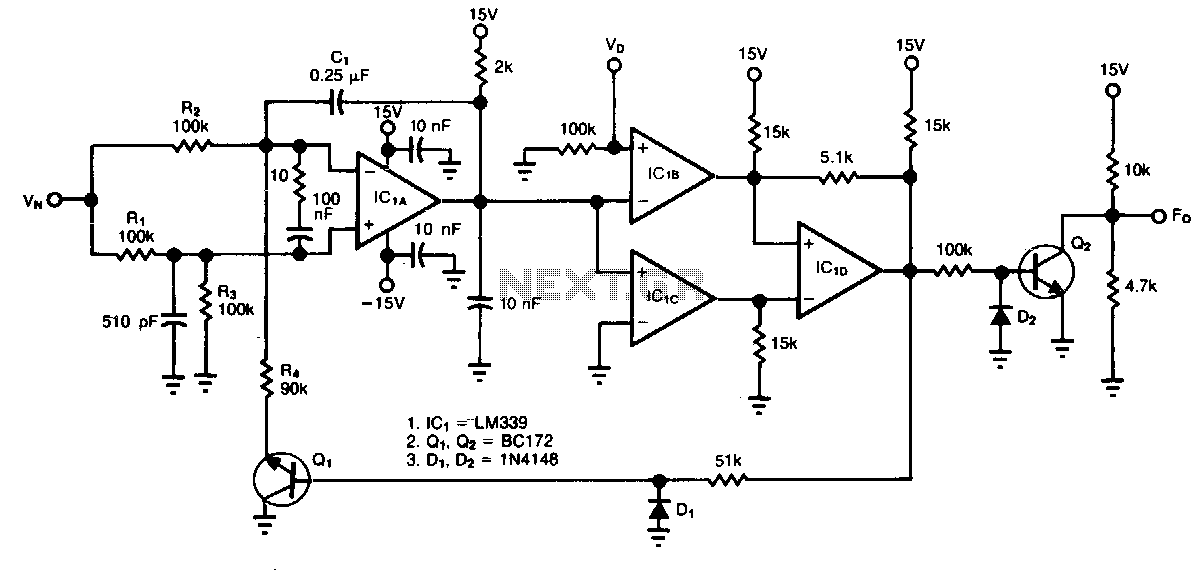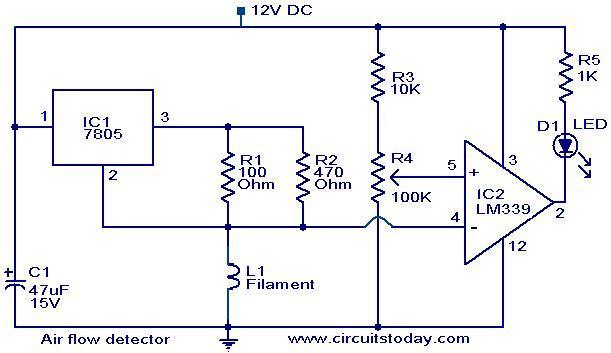
Ratio Detector for FM Demodulation
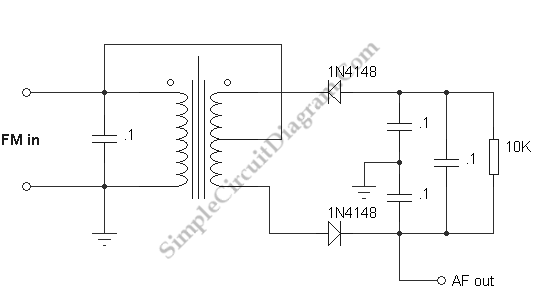
This perspective is not entirely incorrect, as the functioning of FM detectors is often considered enigmatic. The ratio detector is used to understand its operation, but without...
FM detectors are critical components in communication systems, particularly in frequency modulation (FM) applications. The operation of these detectors, while sometimes perceived as complex, can be understood through the examination of their underlying principles and components.
A ratio detector is a specific type of FM detector that converts frequency variations in an incoming signal into amplitude variations. This process typically involves several key elements: a diode, a low-pass filter, and a phase-locked loop (PLL). The incoming FM signal is first fed into the diode, which rectifies the signal and allows for the extraction of the envelope. This envelope reflects the instantaneous frequency changes of the FM signal.
After rectification, the low-pass filter smooths the rectified signal, effectively removing high-frequency components that are not relevant to the desired output. The output from the low-pass filter is then analyzed to determine the amplitude variations that correspond to the original frequency modulated signal.
The ratio detector is particularly valued for its ability to provide a stable output even in the presence of noise, making it suitable for various applications, including radio receivers and audio broadcasting systems. Understanding the operation of these detectors is crucial for engineers designing communication systems, as it allows for the optimization of signal processing and reception quality.
In summary, the ratio detector serves as an essential tool in demodulating FM signals, translating frequency changes into usable amplitude variations, while maintaining robustness against noise interference. This functionality is foundational in many modern communication technologies.This view is not far from wrong because the operation of FM detectors is widely regarded as mysterious. The ratio detector to find out how it works, without.. 🔗 External reference
FM detectors are critical components in communication systems, particularly in frequency modulation (FM) applications. The operation of these detectors, while sometimes perceived as complex, can be understood through the examination of their underlying principles and components.
A ratio detector is a specific type of FM detector that converts frequency variations in an incoming signal into amplitude variations. This process typically involves several key elements: a diode, a low-pass filter, and a phase-locked loop (PLL). The incoming FM signal is first fed into the diode, which rectifies the signal and allows for the extraction of the envelope. This envelope reflects the instantaneous frequency changes of the FM signal.
After rectification, the low-pass filter smooths the rectified signal, effectively removing high-frequency components that are not relevant to the desired output. The output from the low-pass filter is then analyzed to determine the amplitude variations that correspond to the original frequency modulated signal.
The ratio detector is particularly valued for its ability to provide a stable output even in the presence of noise, making it suitable for various applications, including radio receivers and audio broadcasting systems. Understanding the operation of these detectors is crucial for engineers designing communication systems, as it allows for the optimization of signal processing and reception quality.
In summary, the ratio detector serves as an essential tool in demodulating FM signals, translating frequency changes into usable amplitude variations, while maintaining robustness against noise interference. This functionality is foundational in many modern communication technologies.This view is not far from wrong because the operation of FM detectors is widely regarded as mysterious. The ratio detector to find out how it works, without.. 🔗 External reference
